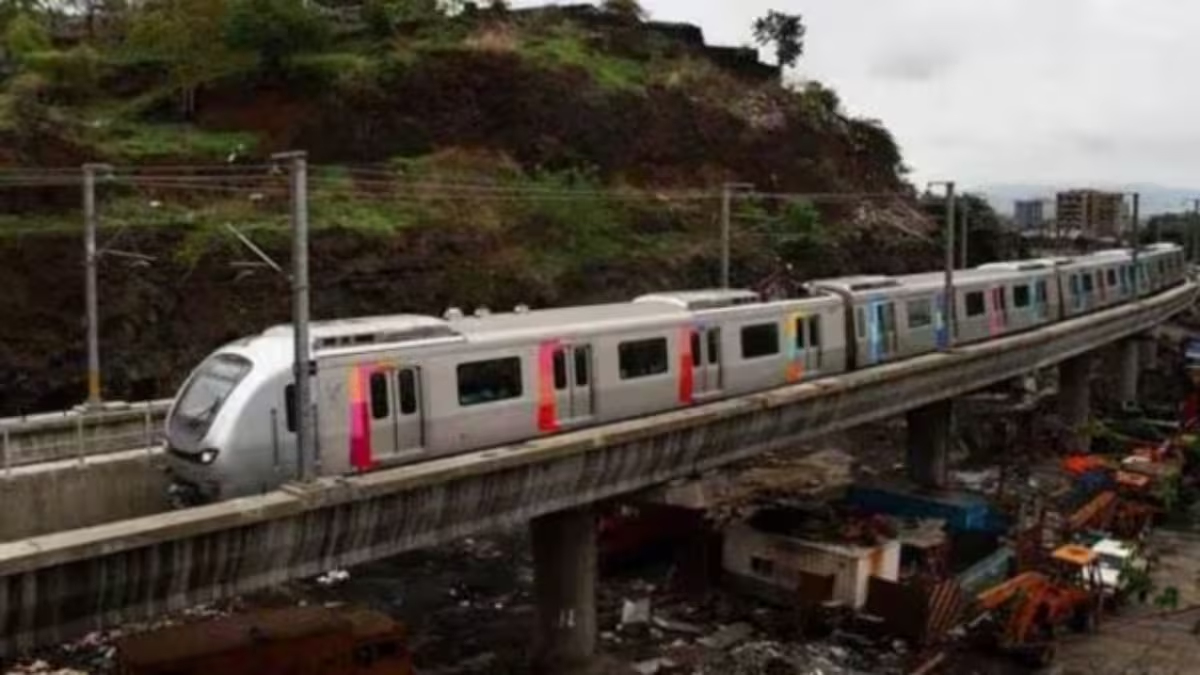Mumbai Metro Introduces Shorter Trips for Peak Efficiency
Mumbai Metro One, the city’s pioneering elevated metro corridor, is set to introduce a significant operational change designed to alleviate peak-hour congestion. The new strategy, which will reduce travel times between Ghatkopar and Andheri, is expected to improve the metro’s capacity, benefitting approximately 20,000 additional passengers every day.
From March 2025, during the busiest times of the day, commuters travelling between Ghatkopar and Andheri will see a shift in the metro’s routes. Instead of continuing the full stretch to Versova, trains will terminate at Andheri, ensuring that a greater number of trains are available for the highly frequented Ghatkopar-Andheri section. This move is aimed at enhancing the efficiency of the metro system during peak hours while reducing overcrowding.The new service will run during the morning rush between 8.30 AM and 10.30 AM, and again during the evening peak from 6 PM to 8 PM. As a result, the metro is expected to increase its passenger capacity during these critical times, directly addressing the needs of those travelling for work-related purposes in the rapidly growing commercial hubs around Ghatkopar and Andheri.
The decision to introduce the change comes after a successful trial run conducted earlier this month, which garnered largely positive feedback. Officials from Mumbai Metro One have confirmed that more trials will be conducted to monitor the response of daily commuters and refine the process further.Currently, approximately 88% of daily passengers on the Mumbai Metro One route use the section between Ghatkopar and Andheri, with most of these commuters heading to offices in the area. By shortening the route, the metro aims to accommodate an additional 5,000 passengers per hour during peak periods, raising its daily ridership capacity. This operational change is expected to lead to a significant improvement in train frequency as well, reducing wait times from the current average of 3 minutes and 40 seconds to just 3 minutes and 15 seconds.
The initiative aligns with ongoing efforts to improve public transport services, reduce congestion, and promote eco-friendly mobility solutions in the city. As part of Mumbai’s broader commitment to building sustainable, low-carbon infrastructure, the Metro One project plays a key role in encouraging residents to rely less on private vehicles and more on public transportation.Currently, the Metro One corridor, which spans 11 kilometres and connects Ghatkopar to Versova, serves nearly 500,000 commuters on weekdays. While only 12% of passengers travel beyond Andheri towards Versova, the shift in routes will make it possible to deploy more trains in the busiest corridors, ultimately improving the overall efficiency of the system.
Enhancements to the Mumbai Metro One service, including the Peak Hour Metro between Ghatkopar and Andheri, are crucial for addressing congestion issues and promoting sustainable public transport in Mumbai. By optimizing the Mumbai Metro capacity and offering a more efficient service during peak hours, the system becomes a key player in alleviating traffic and environmental challenges within the city.
As the city continues to battle traffic congestion and air pollution, improvements to the Metro One service will provide a much-needed boost to Mumbai’s transportation infrastructure. The reduction in travel times and increased train frequency will not only benefit office-goers but also contribute to a greener, more sustainable Mumbai, reducing the city’s reliance on private cars and reducing emissions.




